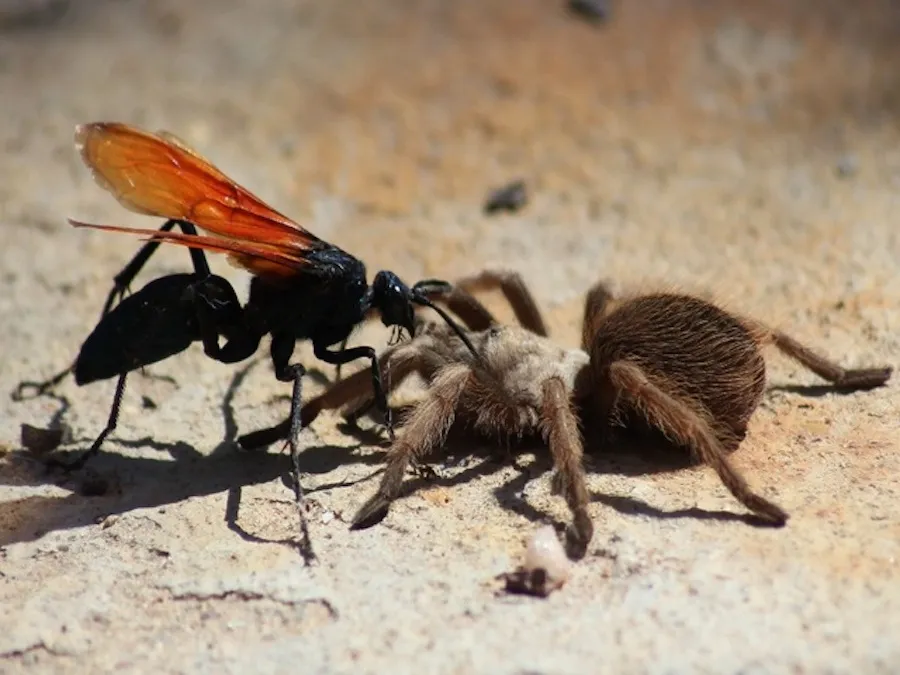What are Tarantula Hawk Wasps?
Tarantula hawk wasps (Pepsis grossa) are large, striking insects belonging to the Pompilidae family. These wasps are renowned for their size, vibrant colors, and, most notably, their incredibly painful sting. They are not just any wasp; they are formidable predators and play a unique role in their ecosystems. Understanding these creatures involves appreciating both their beauty and their potent defense mechanisms, making them a fascinating subject of study. Their behavior is also quite unique, setting them apart from other wasp species.
Appearance and Identification
Identifying a tarantula hawk wasp is relatively straightforward due to its distinctive appearance. They typically measure between 1 to 2 inches in length, making them one of the largest wasp species. Their bodies often exhibit a striking combination of colors, usually featuring a black or bluish-black body with vibrant orange or rust-colored wings. The contrast in colors serves as a warning signal to potential predators. The females, which are larger than males, have a prominent stinger, which is the primary reason to avoid close contact. The overall look is intimidating and memorable.
Habitat and Distribution
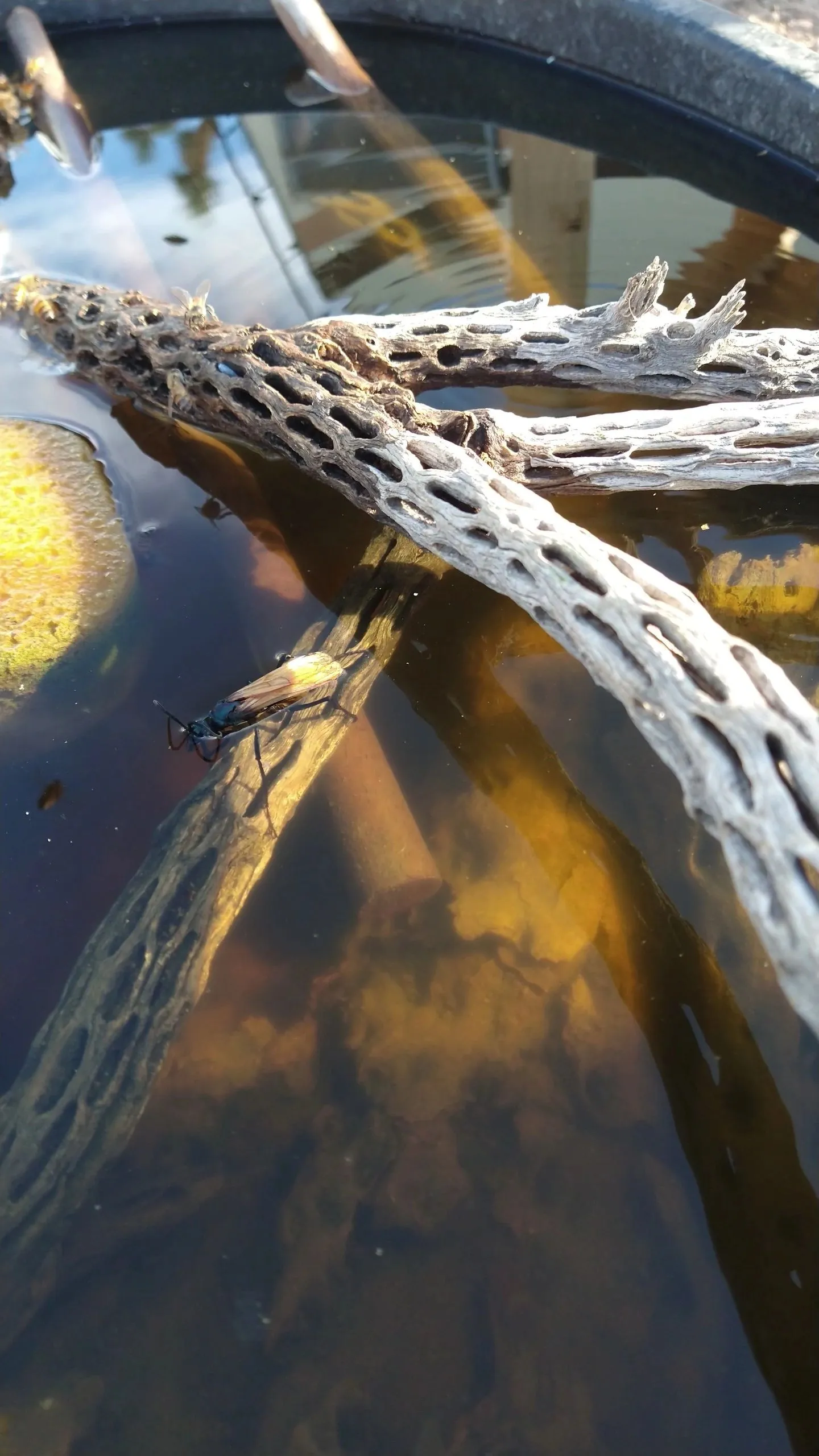
These wasps are primarily found in arid and semi-arid regions of the world. Their range includes the southwestern United States, parts of South America, and Australia. They favor areas with sandy or loamy soils, where they can hunt tarantulas and build their nests. The wasps’ presence often indicates a healthy ecosystem, where both the wasp and the tarantula populations can thrive. Their habitat preference dictates the areas where encounters with these insects are most likely, so knowing their distribution is crucial for awareness and safety.
The Painful Sting
The tarantula hawk wasp sting is legendary, often described as one of the most painful insect stings in the world. The pain is so intense that it has earned a rating of 4 on the Schmidt Sting Pain Index, which is the highest level. The stinger is used for both defense and to paralyze their prey, the tarantula. While the pain is excruciating, the sting is not usually lethal to humans, although it can cause severe distress. The level of pain is unmatched by most other insect stings, making the tarantula hawk wasp a creature to be respected.
The Schmidt Sting Pain Index
The Schmidt Sting Pain Index, developed by entomologist Justin O. Schmidt, provides a scale to measure the relative pain of different insect stings. The tarantula hawk wasp holds the top position on this index, scoring a 4, which is the highest. The index categorizes stings based on the quality of pain they inflict, with descriptions ranging from fleeting and mild to excruciating and long-lasting. This index helps to quantify the severity of stings, providing a reference for understanding the intensity of each sting and the tarantula hawk wasp’s sting is at the top of that list, showcasing its immense potency.
What Does the Sting Feel Like?
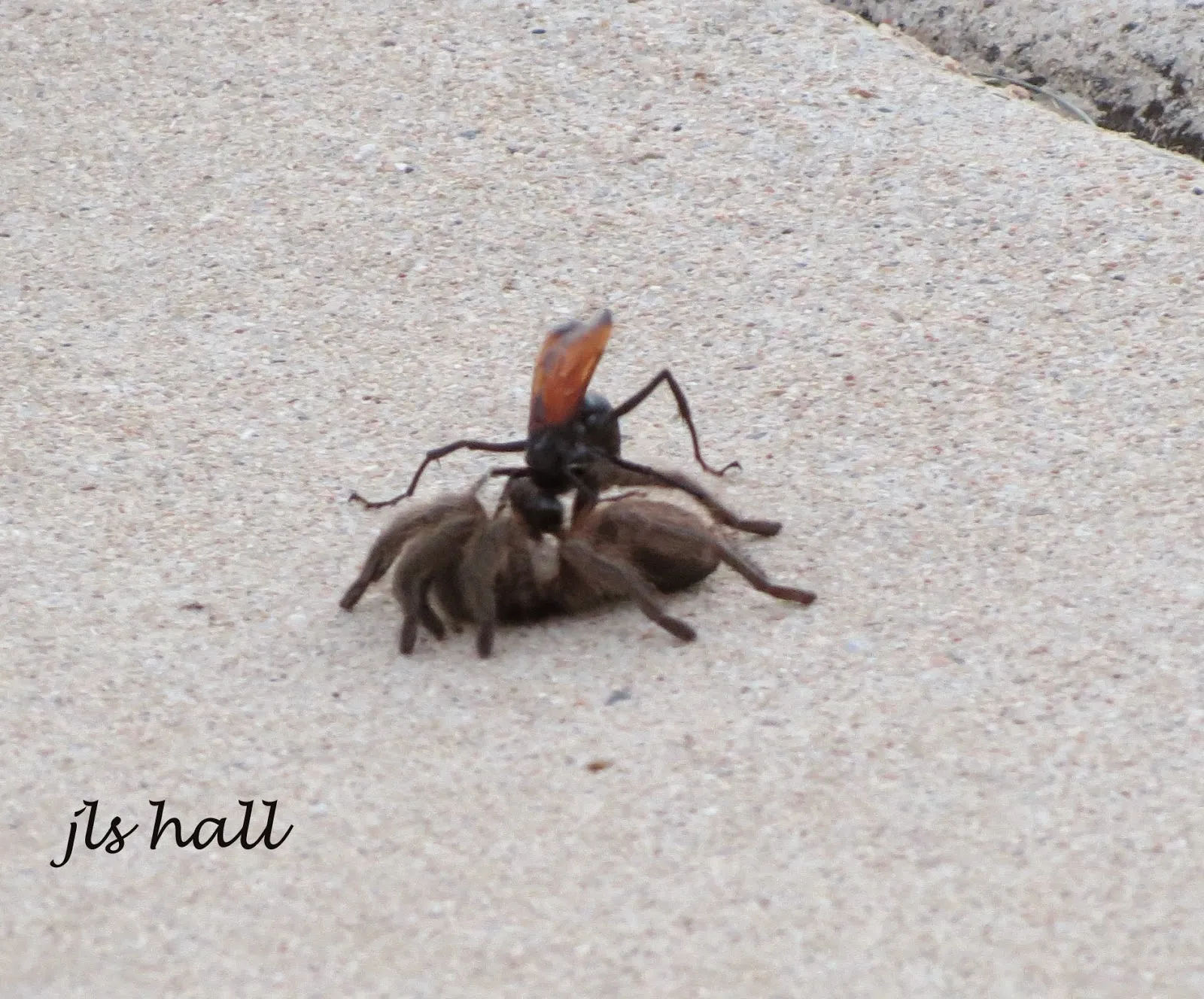
Describing the sensation of a tarantula hawk wasp sting is difficult, but the common descriptions paint a vivid picture of the experience. Victims often report an immediate, searing pain that is unlike any other insect sting. The pain is often compared to being electrocuted or experiencing an intense, agonizing wave. The pain is also known to be immediate, intense, and long-lasting, often lingering for several minutes after the initial sting. While not typically life-threatening, the pain can be so debilitating that it can incapacitate a person, making it essential to avoid these wasps.
The Venom and Its Effects
The venom of the tarantula hawk wasp is not considered poisonous in the traditional sense; it doesn’t cause systemic toxicity in humans. Instead, the venom primarily contains neurotoxins, which affect the nervous system. This venom is designed to paralyze the tarantula, its prey. In humans, the sting primarily causes intense pain and localized inflammation at the sting site. While the effects are primarily limited to extreme pain, the experience can be extremely distressing. Immediate medical attention is usually not needed unless an allergic reaction occurs.
Is the Venom Poisonous?
As mentioned, the venom is not considered poisonous, as it does not cause systemic effects like poisoning would. The primary impact of the venom is to induce pain and temporarily incapacitate. The venom is not designed to kill humans; instead, its role is to paralyze a much larger prey. The effect is highly localized, so the venom acts as a deterrent and a tool for hunting rather than a direct threat to human health. The main risk from the venom is the pain it inflicts, not systemic toxicity.
Allergic Reactions and Risks
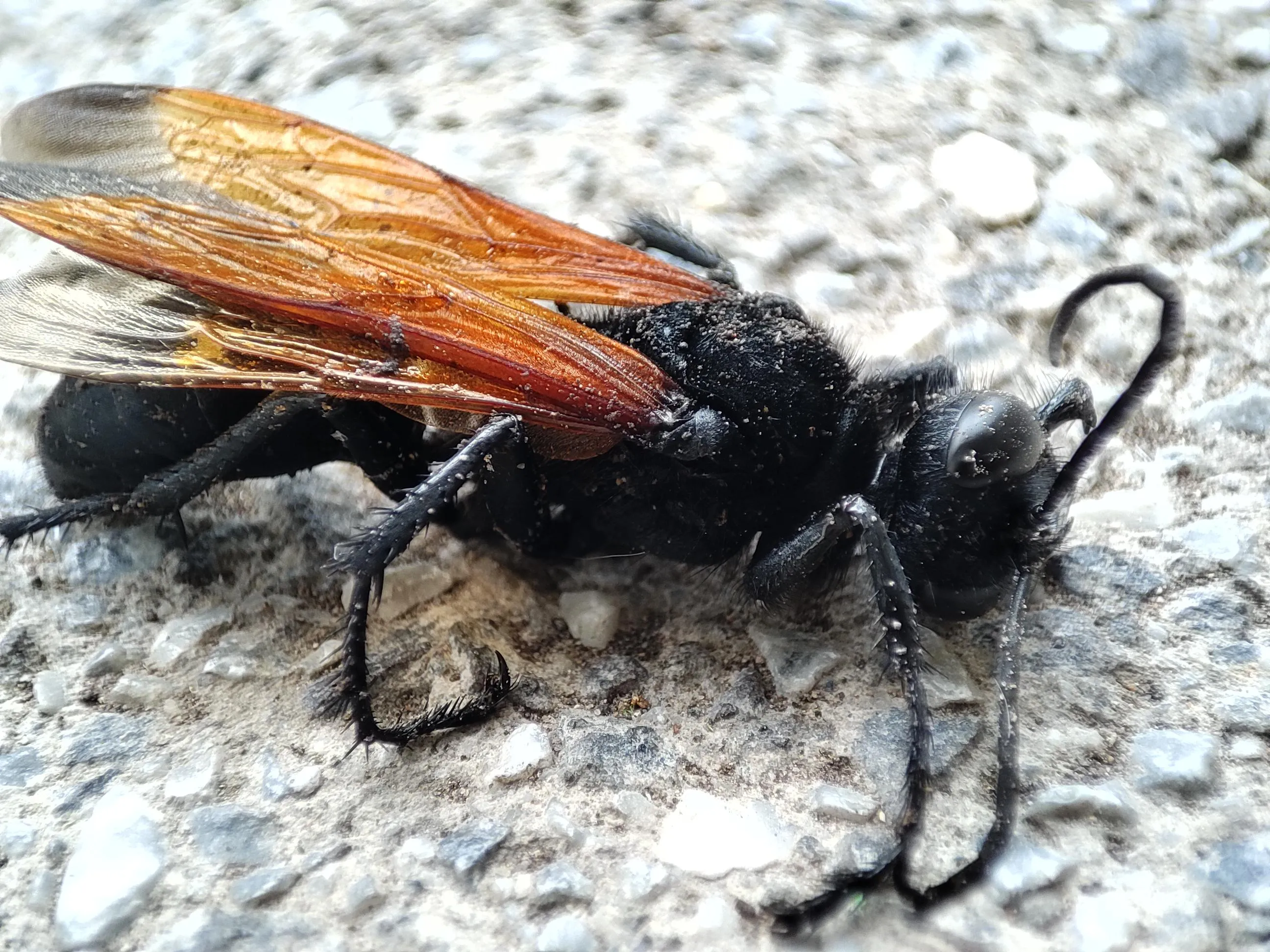
While the venom itself is not poisonous, individuals can experience allergic reactions to the sting. Allergic reactions can range from mild symptoms, like increased swelling and redness, to severe, life-threatening reactions (anaphylaxis). If an allergic reaction occurs, seek immediate medical attention. Symptoms of anaphylaxis include difficulty breathing, swelling of the throat, hives, and a rapid drop in blood pressure. While rare, severe allergic reactions require prompt treatment with epinephrine and other medical interventions. It is essential to be aware of the symptoms of an allergic reaction.
Tarantula Hawk Wasp Behavior
Understanding the behavior of tarantula hawk wasps provides insight into how to avoid encounters and appreciate their role in the ecosystem. Their behavior is centered around their primary purpose: hunting tarantulas. This behavior is quite specific and has made them a unique species. Knowing their habits is essential for anyone who lives or spends time in areas where these wasps are found.
Hunting Tarantulas
The most striking aspect of the tarantula hawk wasp’s behavior is its hunting of tarantulas. Female wasps seek out tarantulas, often engaging in a dangerous battle to paralyze them. The wasp uses its stinger to inject venom into the tarantula, immobilizing it. They then drag the paralyzed tarantula to a burrow, where the wasp lays a single egg on the spider’s abdomen. The wasp larva hatches, feeding on the living tarantula from the inside out. This behavior highlights the wasp’s predatory nature and its role in controlling tarantula populations.
Nesting Habits
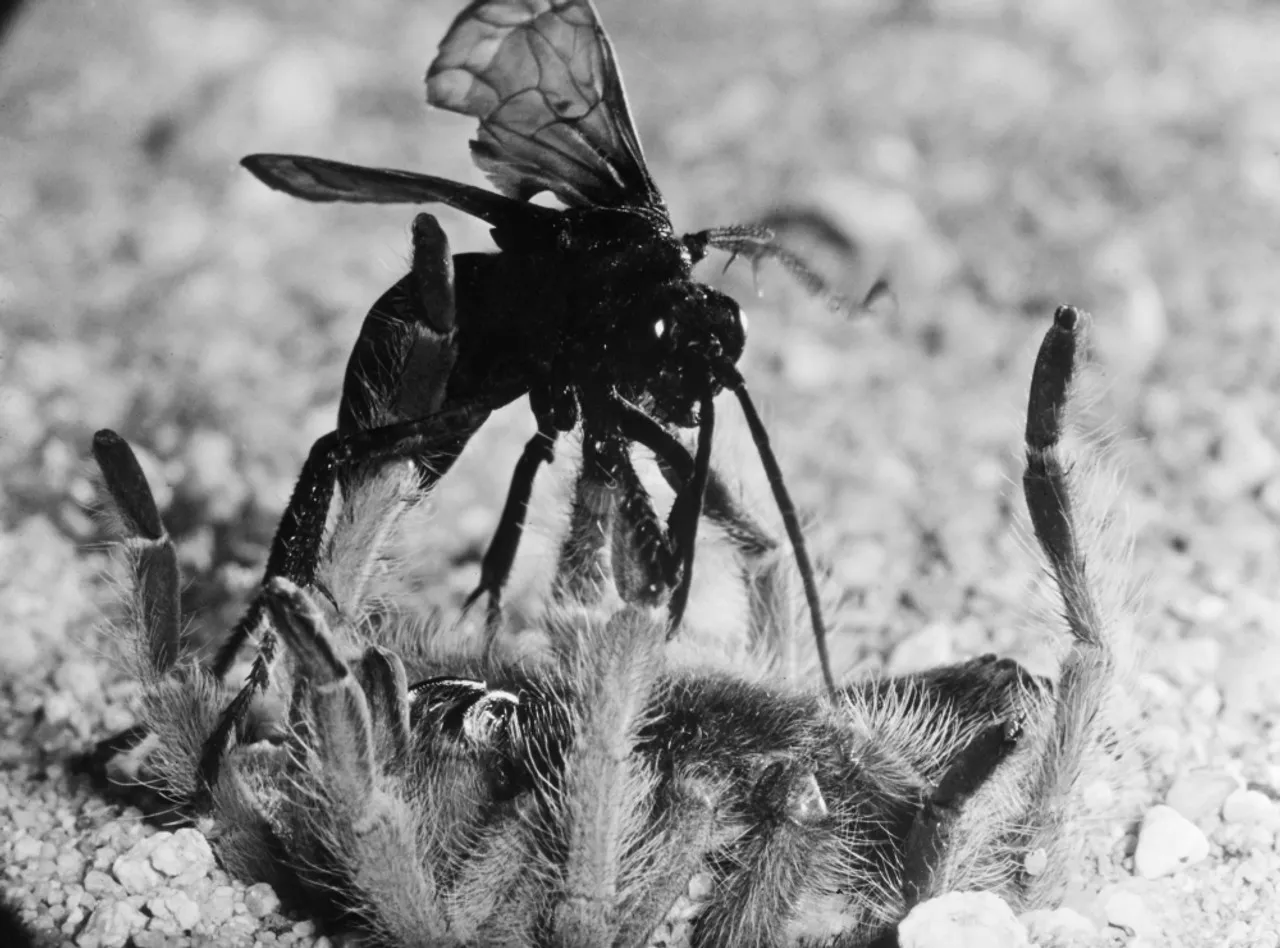
Tarantula hawk wasps are solitary insects that nest in various locations, depending on the species and local environment. They often create nests in the ground or utilize existing cavities. The nests are usually simple burrows, where the wasp stores the paralyzed tarantula and lays its eggs. The nests are carefully constructed to protect the developing larva from predators and the elements. The female wasp invests a significant amount of time and effort in building and provisioning the nest to ensure the survival of her offspring.
Prevention and Safety
Taking precautions to avoid stings is essential in areas where tarantula hawk wasps are prevalent. These wasps are not aggressive unless threatened, so understanding their behavior and taking preventive measures can significantly reduce the risk of being stung. Safety involves knowing how to avoid these wasps and what to do if a sting occurs.
Avoiding Stings
To avoid being stung, it is essential to be aware of the wasp’s habitat and activity patterns. Avoid disturbing them or their nests. Do not attempt to handle or provoke them. Wearing protective clothing, especially when working outdoors in areas where these wasps are known to live, can help prevent stings. Long sleeves, pants, and closed-toe shoes are advisable. Be vigilant and watch where you step and place your hands. Avoiding dark clothing can help, as these wasps are attracted to dark colors. Educate yourself and others about these wasps to reduce the chances of an encounter.
First Aid and Treatment

If stung, the first step is to remain calm and move away from the area to avoid further stings. Seek medical attention if you experience severe symptoms, especially signs of an allergic reaction. For the sting itself, the application of ice packs to the site can help reduce pain and swelling. Over-the-counter pain relievers can help manage pain. Monitor the sting site for any signs of infection. If you have known allergies to insect stings, carry an epinephrine auto-injector and use it immediately if necessary. Always consult a healthcare professional if you have concerns or if the symptoms worsen.
Interesting Facts
Tarantula hawk wasps are fascinating creatures with many unique aspects to their biology and behavior. These interesting facts highlight their adaptation and ecological importance.
Lifespan and Cycle
The lifespan of a tarantula hawk wasp varies, but the typical cycle includes the adult stage, egg, larva, and pupa. Adults, particularly the females, live for several months. The adult female wasps are active during the warmer months, focusing on hunting and nesting. The eggs are laid on the paralyzed tarantulas, and the larvae feed on the spider before pupating. The life cycle is tightly connected to the tarantula population and environmental conditions.
Role in the Ecosystem

Tarantula hawk wasps play an essential role in their ecosystems, primarily as predators of tarantulas. They help regulate tarantula populations, contributing to the balance of the food chain. Their activity indirectly benefits other species and maintains ecological diversity. The wasps also serve as a food source for other predators, such as birds and lizards, further integrating them into the ecological network. Their existence ensures the health and balance of their habitats.
